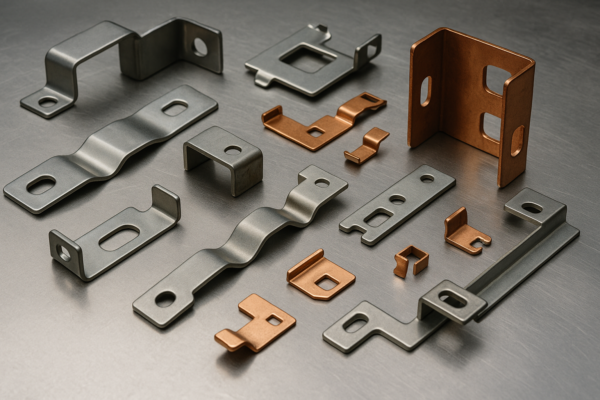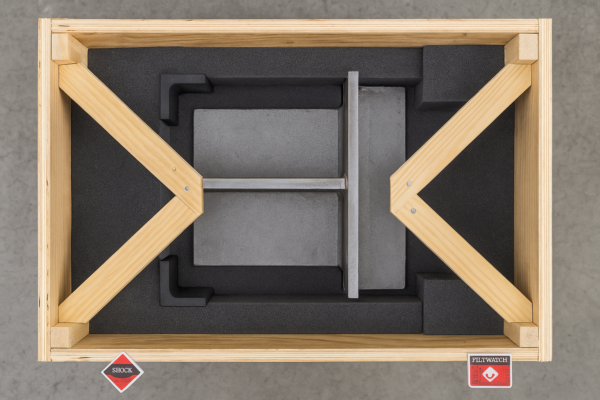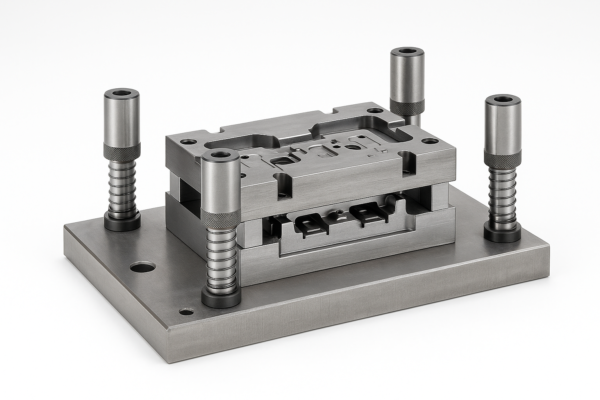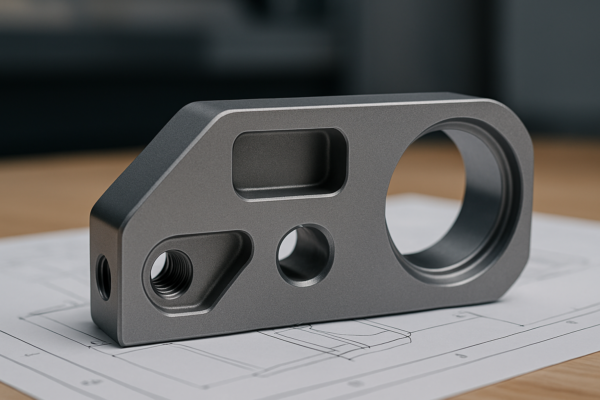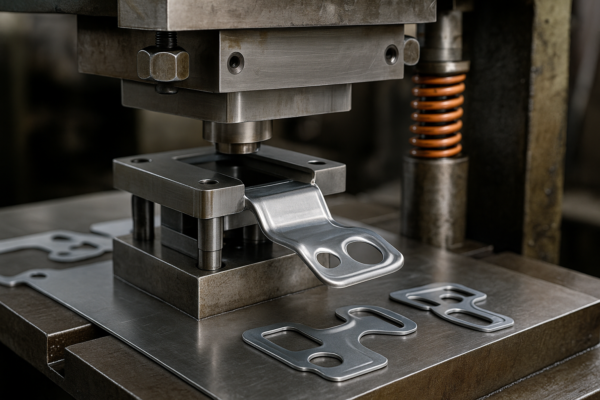What Is an Engineer’s Hammer? All You Need to Know Before Sourcing
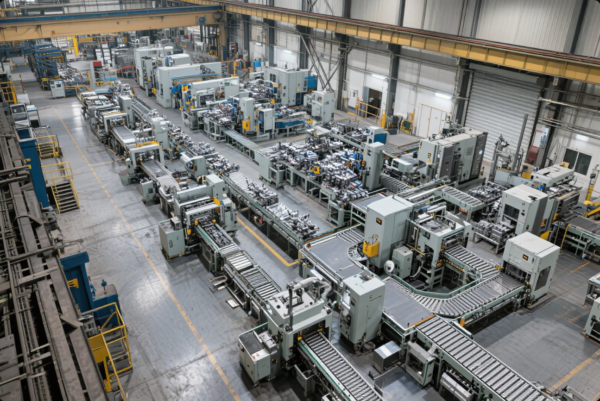
When sourcing industrial tools, buyers often struggle with hammer terminology, confusing engineer’s hammers with drilling hammers, club hammers, or mini sledgehammers. As a result, procurement managers risk selecting the wrong product, wasting money and time.
An engineer’s hammer is a robust, short-handled tool designed for metal forming, forging, assembly, and demolition. Understanding the difference between engineer’s hammers, drilling hammers, and sledgehammers is critical for every industrial buyer, maintenance manager, or OEM sourcing specialist. This article offers a full guide to applications, technical specs, standards, sourcing advice, and supplier selection.
If you want to save time and money on your next bulk order and avoid shipment delays or returns, follow this guide. I’ve helped hundreds of buyers make the right choice.
Table of Contents
- What Is an Engineer’s Hammer Used For?
- What Is the Difference Between Engineer’s Hammer and Drilling Hammer?
- What Is an Engineer’s Hammer Specified By?
- Is an Engineer Hammer the Same as a Sledge Hammer?
- FAQs about Engineer’s Hammers
- Conclusion
What Is an Engineer’s Hammer Used For?
Many buyers get confused by tool names, especially with overlapping functions between engineer’s hammers, sledge hammers, and club hammers. If you are in industrial, construction, or mechanical maintenance, you need a tool that balances control and force.
Engineer’s hammers have a short handle (about 25-35cm) and a forged head (typically 1–2kg), providing high impact for metal shaping, setting stakes, demolition, or driving chisels. Their design gives you more accuracy and safety than using a heavy sledge in tight places, making them ideal for shop floor, plant, or field applications.
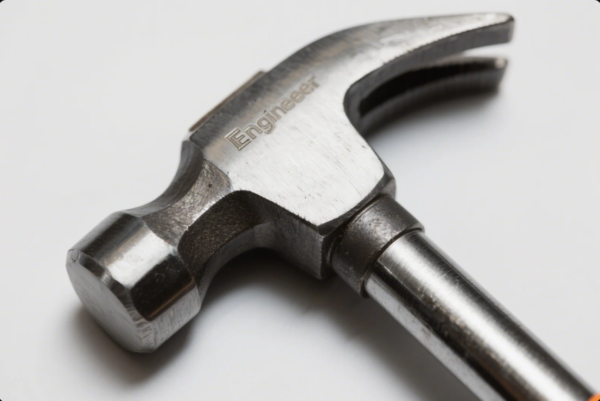
Here are typical applications based on my experience and customer feedback:
- Shaping metal plates or profiles in fabrication workshops
- Driving masonry chisels or stakes during site work
- Disassembling structures without risking damage to adjacent equipment
- Forging small mechanical components and adjusting machinery during maintenance
- Removing stuck fasteners
- Assembly tasks in railway construction and industrial machinery
For everyday use, I always recommend you keep an engineer’s hammer in your industrial tool kit.
Comparison Table: Engineer’s Hammer vs Other Common Hammers
| Tool Type | Head Weight (kg) | Handle Length (cm) | Typical Use Cases | Sample Supplier |
|---|---|---|---|---|
| Engineer’s Hammer | 1-2 | 25-35 | Metal shaping, forging, stakes | McMaster |
| Drilling Hammer | 1-2 | 25-35 | Chiseling, demolition, masonry | Home Depot |
| Sledge Hammer | 4-10 | 80-90 | Heavy demolition, breaking rocks | Acme Tools |
Many engineers and procurement specialists rely on Grainger, MSC Direct, and Harbor Freight for tool reference and price benchmarking.
What Is the Difference Between Engineer’s Hammer and Drilling Hammer?
Most buyers on Alibaba and Amazon notice little difference at first. But in practice, there are subtle but important differences.
Both tools have a double-faced forged steel head and short handle. However, an engineer’s hammer typically has a slightly longer, more rectangular head, designed for shaping and forging metal. Drilling hammers have a more compact, squarer head, optimized for maximum impact when driving chisels or demolition in masonry and concrete.
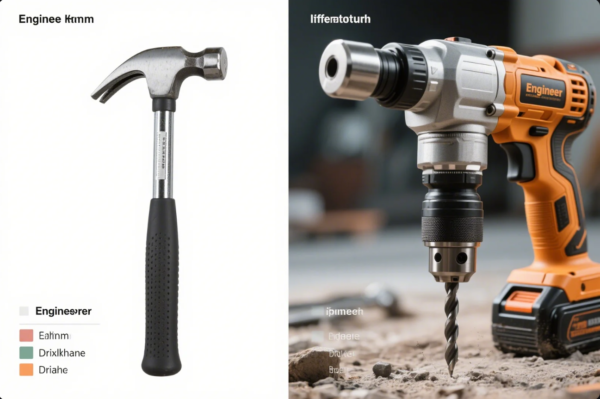
In my experience, engineer’s hammers are perfect for mechanical shops, maintenance, and tool rooms. Drilling hammers shine in civil construction and demolition work, especially where heavy blows are needed but a long handle is impractical.
Table: Feature Differences
| Feature | Engineer’s Hammer | Drilling Hammer | Typical Brands |
|---|---|---|---|
| Face Shape | Flat or slightly curved | Flat and blunt | Estwing, Stanley |
| Primary Function | Forging, shaping metal | Demolition, striking chisels | DeWalt, Bahco |
| Handle Material | Fiberglass, hickory, wood | Wood, fiberglass | Vaughan, Picard |
| Standardization | ISO 15601, DIN 1041 | ANSI, BS 876 |
When specifying, always request detailed technical datasheets, and ask suppliers if their products comply with ISO 9001 and local regulations.
What Is an Engineer’s Hammer Specified By?
Sourcing professionals ask how to distinguish high-quality engineer’s hammers, especially for OEM projects or custom logo orders.
Engineer’s hammers are specified by their head weight, handle length, handle and head material, type of assembly (wood wedge or epoxy), surface finish, and certification standards like ISO 15601, EN 13349, or ANSI. Most buyers also require RoHS, REACH, or other safety/environmental certifications.
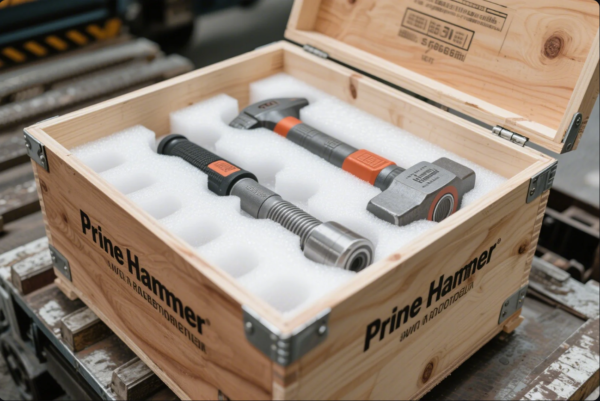
When working with leading industrial suppliers, my checklist always includes:
- Head weight and tolerance
- Handle length and ergonomic shape
- Head material (forged, heat-treated steel, induction hardened face)
- Handle type (hickory wood, fiberglass, composite)
- Assembly type and anti-vibration properties (Vaughan hammers)
- Surface finish, corrosion protection (nickel plating, powder coat)
- Certifications: ISO, DIN, BSI
Table: Key Specification Checklist
| Parameter | Typical Range / Feature | Reference Links |
|---|---|---|
| Head Weight | 1-2kg | McMaster |
| Handle Length | 25-35cm | MSC Direct |
| Handle Material | Hickory/Fiberglass/Plastic | Hickory Handle |
| Head Material | Forged steel, hardened face | Estwing |
| Certification | ISO, EN, ANSI | ISO, ANSI |
Insist on full test reports and packaging photos before shipping. Prime provides full support for specification review.
Is an Engineer Hammer the Same as a Sledge Hammer?
Buyers often ask if engineer’s hammers and sledge hammers can be substituted in the same workflow. The answer is no.
An engineer’s hammer is much lighter, designed for one-hand use, and provides control in tight spaces. Sledge hammers have a much larger, longer handle (typically 80-90cm) and heavier head (4-10kg or more), requiring two hands and delivering massive force for demolition, driving stakes, or breaking up concrete.
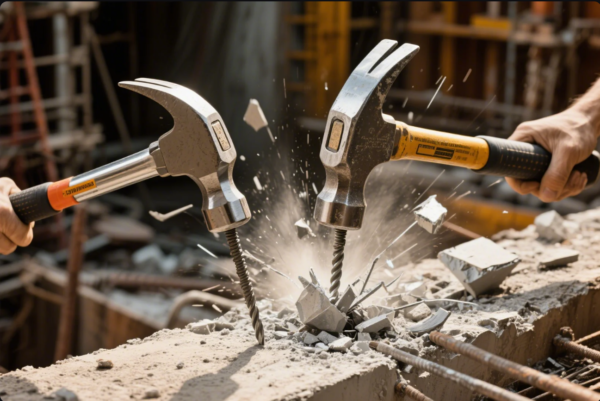
I’ve seen many cases where workers damage precision parts by using a sledge hammer instead of an engineer’s hammer. Conversely, using an engineer’s hammer for demolition will only exhaust the operator and damage the tool.
Table: Hammer Comparison at a Glance
| Attribute | Engineer’s Hammer | Sledge Hammer | Trusted Sources |
|---|---|---|---|
| Weight Range | 1-2kg | 4-10kg | Acme Tools |
| Handle Length | 25-35cm | 80-90cm | Home Depot |
| Use | Shaping, assembly, forging | Demolition, breaking, heavy-duty | Harbor Freight |
| User Grip | One hand | Two hands | Popular Mechanics |
For more guidance, see OSHA’s hand tool safety guide or SafeWork Australia’s tool safety.

FAQs about Engineer’s Hammers
What’s the best way to choose an engineer’s hammer for B2B projects?
Check your technical requirements. Always review product datasheets and certifications, especially for OEM or industrial supply chains. Don’t forget to compare options at MSC Direct, Harbor Freight, and Amazon Business.
Can I use an engineer’s hammer for heavy demolition?
No. For demolition, always choose a sledge hammer or club hammer. Engineer’s hammers are designed for controlled, precise work.
Why do certifications matter in hammer sourcing?
ISO 9001 and EN 13349 ensure your products meet quality, safety, and compliance. Most international importers and industrial buyers now require these certifications.
Does Prime support custom branding and packaging?
Yes. We offer custom logo engraving, special colors, and export-grade packaging to match any client’s needs.

Are there more online resources to compare engineer’s hammers?
Check Toolstation, Made-in-China, Indiamart, and ThomasNet for worldwide supplier lists.
How can I ensure I’m working with a reliable hammer supplier?
Look for companies with ISO certification, long export history, and customer reviews. Check references on Alibaba and Trustpilot if available.
How do I store engineer’s hammers for longest lifespan?
Keep in a dry place, avoid contact with chemicals, and check handle integrity regularly. See Family Handyman for tool care tips.
Where can I read more about hand tool safety?
Visit OSHA’s safety guide, CCOHS hand tool safety, and SafeWork Australia.
Is B2B bulk purchase available for export?
Yes, Prime and other global B2B platforms offer full export packaging and documentation for overseas buyers.
Conclusion
Engineer’s hammers deliver the ideal balance of precision and force for industrial metalworking, assembly, and on-site adjustment. Choosing the right specification, material, and certified supplier ensures your tools perform safely and efficiently—reducing risk, downtime, and costs.
Ready for high-quality, ISO-certified engineer’s hammers, CNC parts, or custom assemblies? Contact Prime today for free consultation, instant quotations, and full technical support—trusted by global buyers for over 20 years. We offer fast delivery, stable quality, and expert service.
Contact us now:
Website: https://primecustomparts.com/
Email: [email protected]

